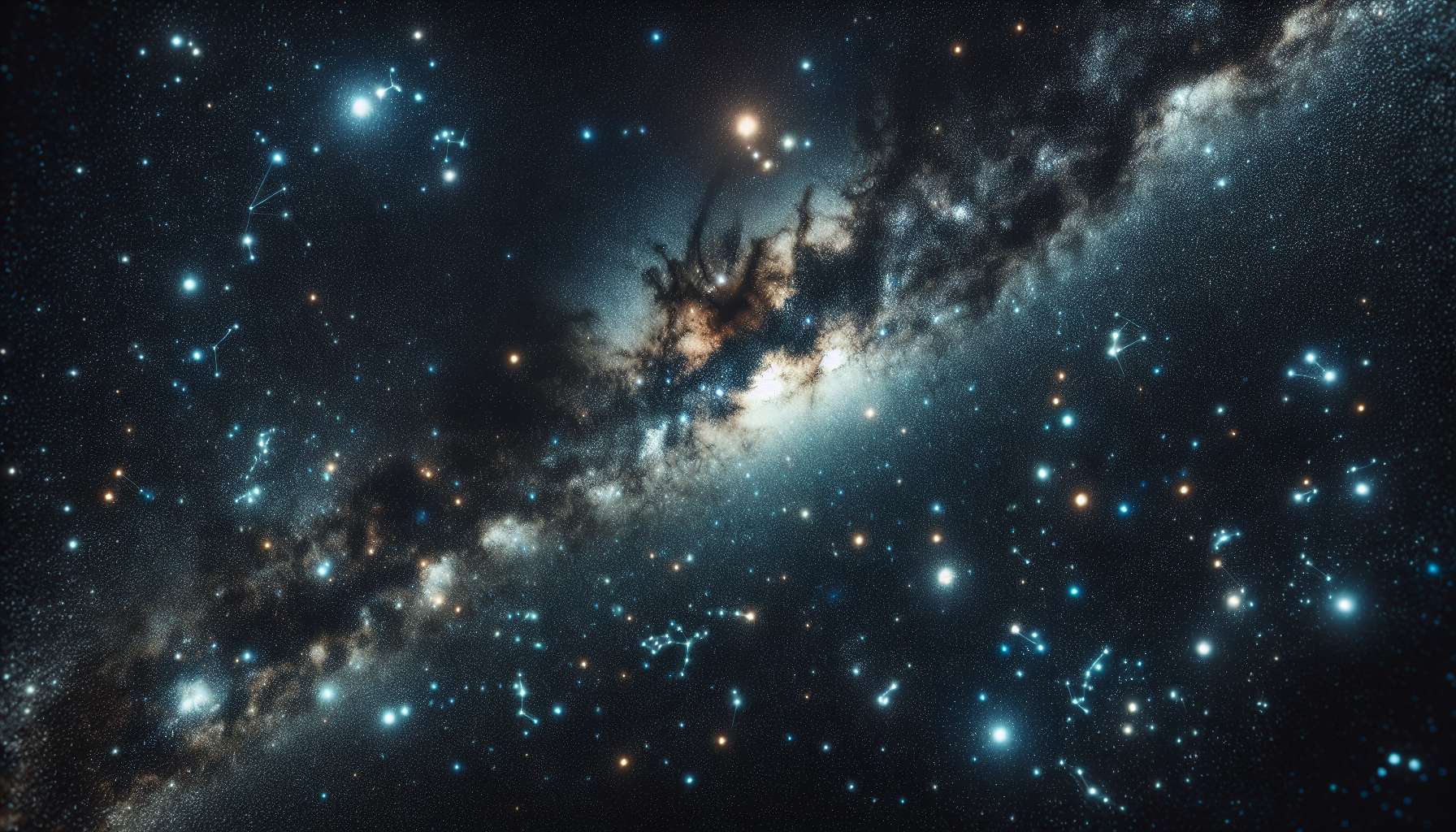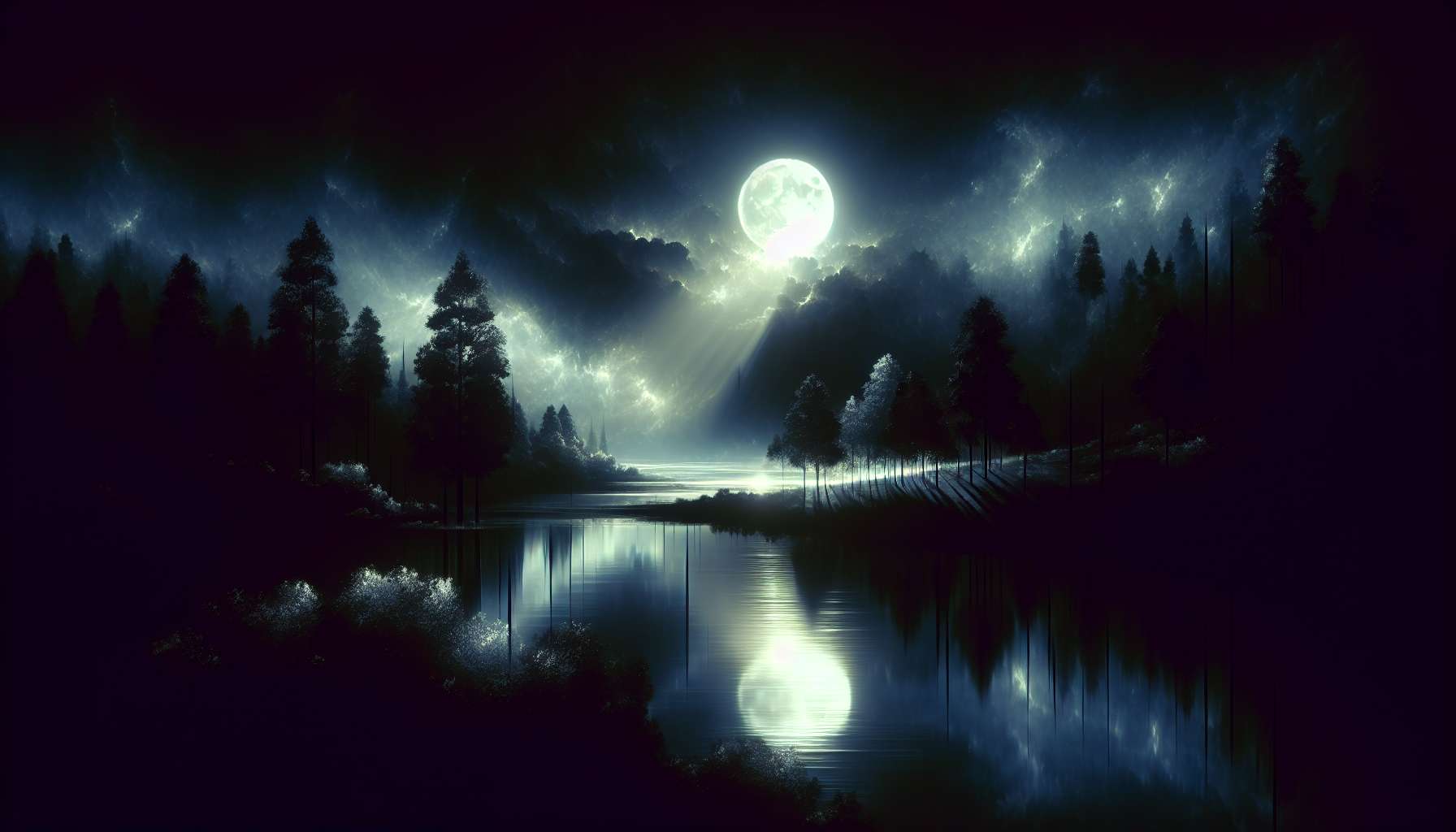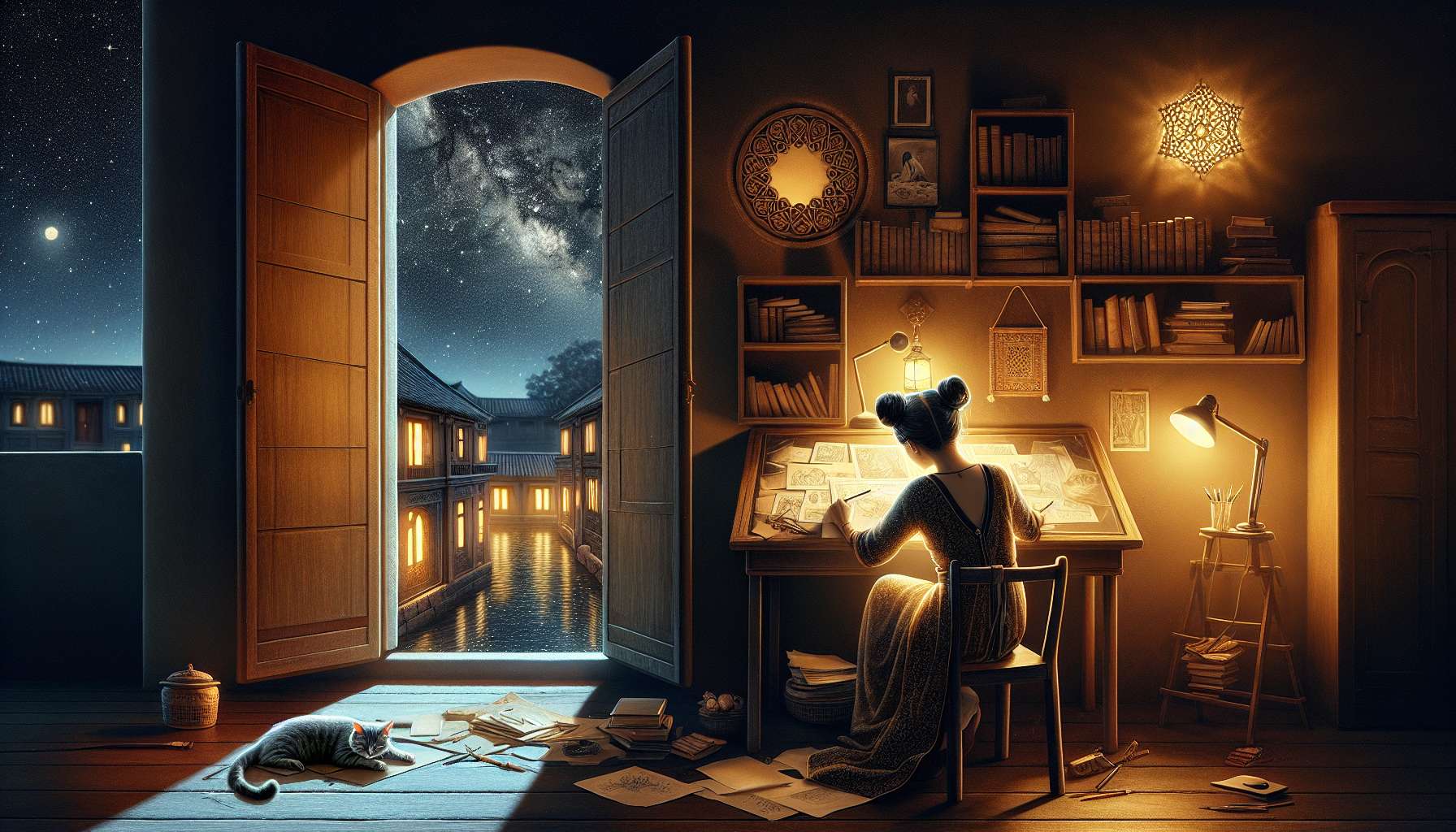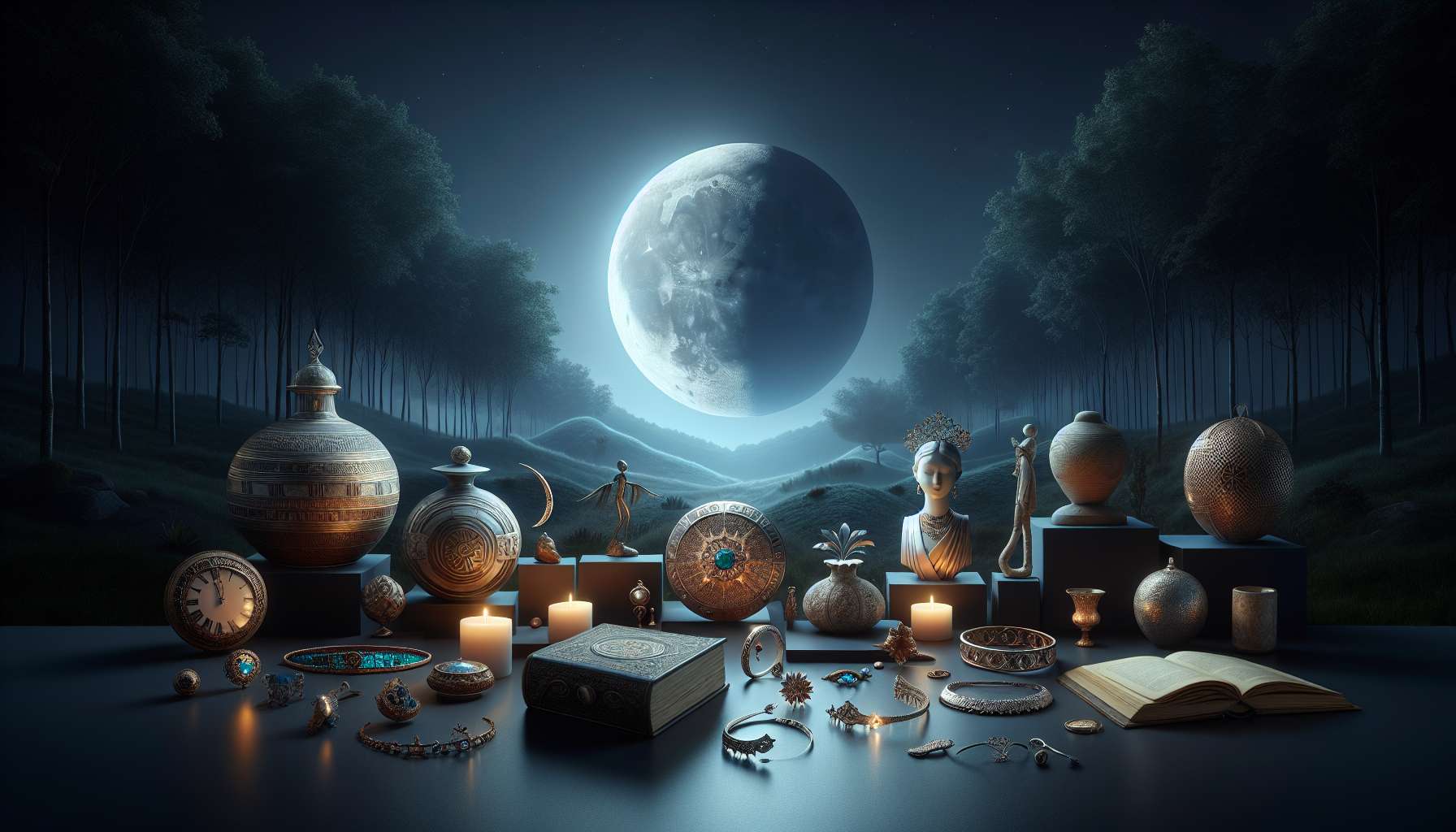Stellar Sky Captures: Exploring the Marvels of the Universe
Have you ever gazed up at the night sky, mesmerized by the countless stars twinkling above? The universe holds a treasure trove of wonders waiting to be discovered, and one of the most captivating ways to explore its beauty is through stellar sky captures. Imagine capturing the majesty of a star-studded sky on film, freezing a moment in time that reveals the awe-inspiring scale and complexity of the cosmos. In this article, we will delve into the world of stellar sky captures, exploring the techniques, tools, and artistry behind these breathtaking images that bring the universe closer to us.
The History of Astrophotography
Stellar sky captures have a rich history that dates back to the early days of photography. The first successful photograph of the moon was taken in 1840 by John William Draper, a pioneering astrophotographer. Since then, advancements in technology and techniques have revolutionized the field of astrophotography, allowing photographers to capture stunning images of celestial objects with unprecedented clarity and detail.
One of the most famous astrophotographers of the 20th century was Clyde Tombaugh, who discovered Pluto in 1930. Tombaugh’s work in astrophotography helped to expand our understanding of the solar system and paved the way for future generations of photographers to capture the wonders of the universe.
The Art of Capturing the Stars
Stellar sky captures require a unique set of skills and equipment to produce stunning images of the night sky. Astrophotographers use specialized cameras, telescopes, and tracking mounts to capture the faint light emitted by distant stars, galaxies, and nebulae. Long exposure times are often necessary to collect enough light to create a detailed image, requiring patience and precision from the photographer.
One of the key challenges in stellar sky captures is overcoming light pollution, which can interfere with the clarity of the images. Astrophotographers often travel to remote locations with dark skies to capture the best possible images of the stars. By carefully selecting their shooting locations and timing their captures with astronomical events, photographers can create images that showcase the beauty of the night sky in all its glory.
The Role of Technology in Astrophotography
Advancements in technology have revolutionized the field of astrophotography, making it more accessible to amateur photographers and enthusiasts. Digital cameras with high sensitivity sensors allow photographers to capture detailed images of the night sky with relatively low noise levels. Image processing software like Adobe Photoshop and Lightroom enable photographers to enhance their images and bring out subtle details that may be hidden in the original capture.
Telescopes equipped with electronic tracking mounts can automatically follow the motion of the stars across the night sky, allowing photographers to capture long exposures without the need for manual adjustments. This technology has made it easier than ever to create stunning images of the stars, galaxies, and nebulae that populate our universe.
Exploring the Universe Through Astrophotography
Astrophotography offers a unique perspective on the universe, allowing us to explore the wonders of space from the comfort of our own planet. By capturing images of distant galaxies, star clusters, and nebulae, photographers can reveal the beauty and complexity of the cosmos in ways that are both scientifically informative and aesthetically inspiring.
Stellar sky captures have also played a crucial role in scientific research, helping astronomers to study and analyze distant celestial objects. By capturing detailed images of stars and galaxies, astrophotographers contribute valuable data that can enhance our understanding of the universe and the processes that govern its evolution.
The Future of Astrophotography
As technology continues to evolve, the future of astrophotography holds exciting possibilities for photographers and scientists alike. Advancements in camera sensors, image processing software, and telescope technology will enable photographers to capture even more detailed images of the stars and galaxies that populate our universe.
With the growing popularity of astrophotography, more amateur photographers are taking up the hobby and capturing stunning images of the night sky. Social media platforms like Instagram and Flickr have become virtual galleries for astrophotographers to share their work with a global audience, inspiring others to explore the beauty of the cosmos through photography.
Expert Opinions
Astrophotography expert Dr. Sarah Johnson believes that stellar sky captures have the potential to inspire and educate people about the wonders of the universe. “Photography has a unique way of connecting us to the world around us, and stellar sky captures offer a window into the vastness and beauty of space,” says Dr. Johnson. “By exploring the night sky through photography, we can gain a deeper appreciation for the mysteries of the cosmos.”
Common Misconceptions
One common misconception about astrophotography is that it requires expensive equipment and specialized training to produce stunning images of the night sky. While professional-grade equipment can enhance the quality of the images, amateur photographers can still capture beautiful photos of the stars using basic camera gear and a passion for astronomy.
Conclusion
To wrap things up, stellar sky captures offer a fascinating glimpse into the wonders of the universe, allowing us to explore the beauty and complexity of the cosmos through photography. By mastering the art of astrophotography, photographers can create stunning images of the stars, galaxies, and nebulae that populate our night sky, inspiring awe and wonder in viewers around the world. Whether you’re a seasoned astrophotographer or a beginner looking to explore the beauty of the night sky, stellar sky captures offer a unique opportunity to connect with the universe in a truly profound way.




